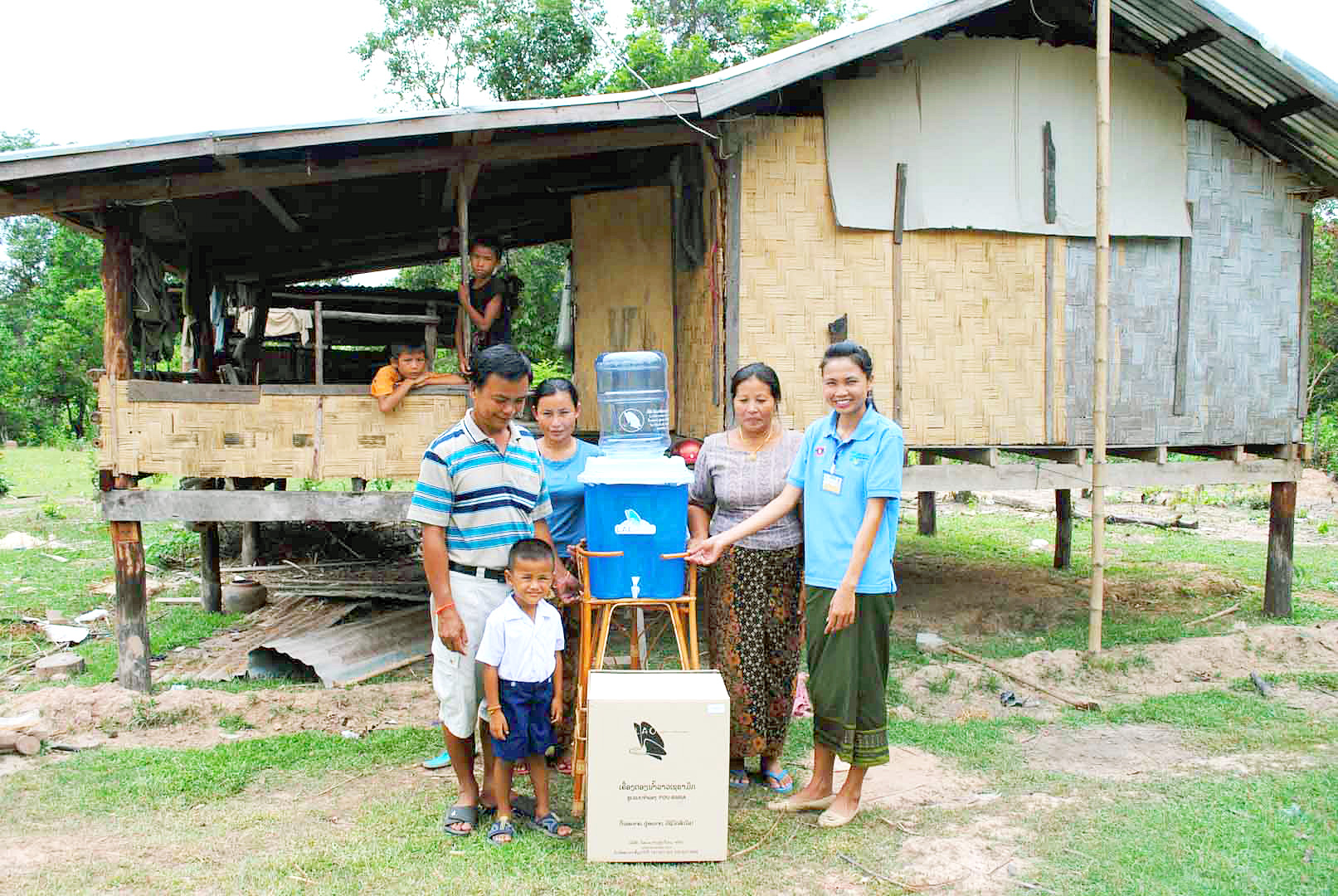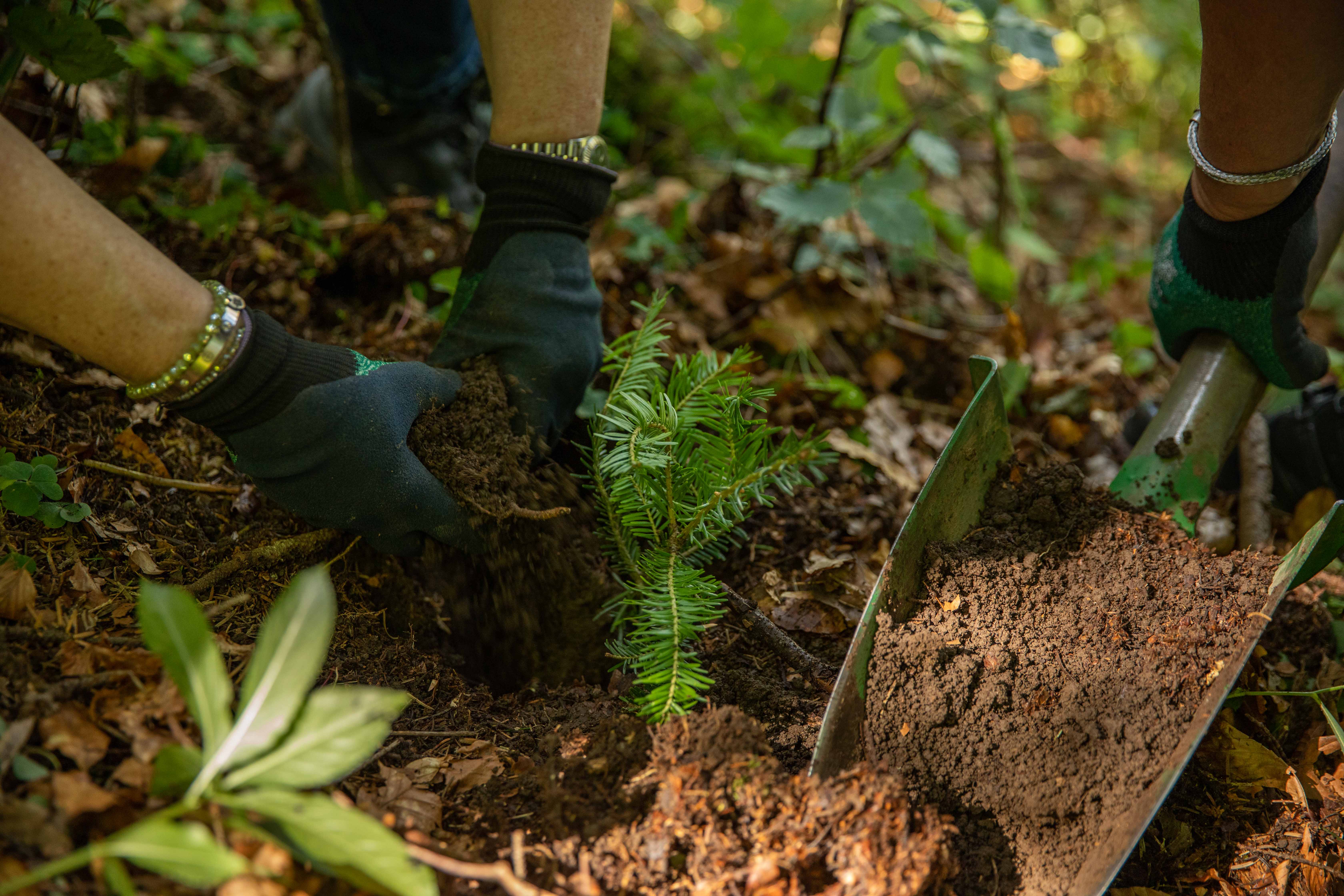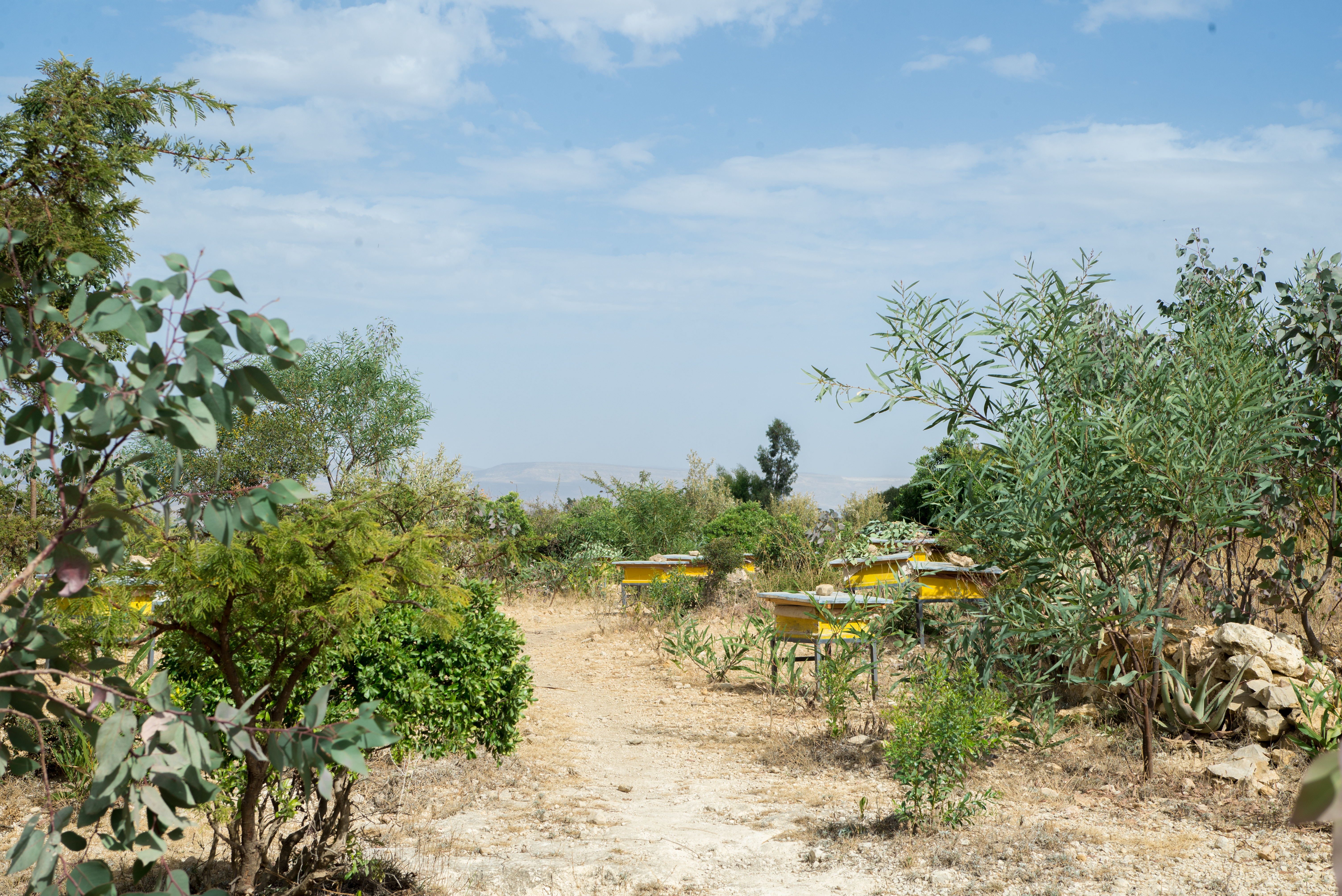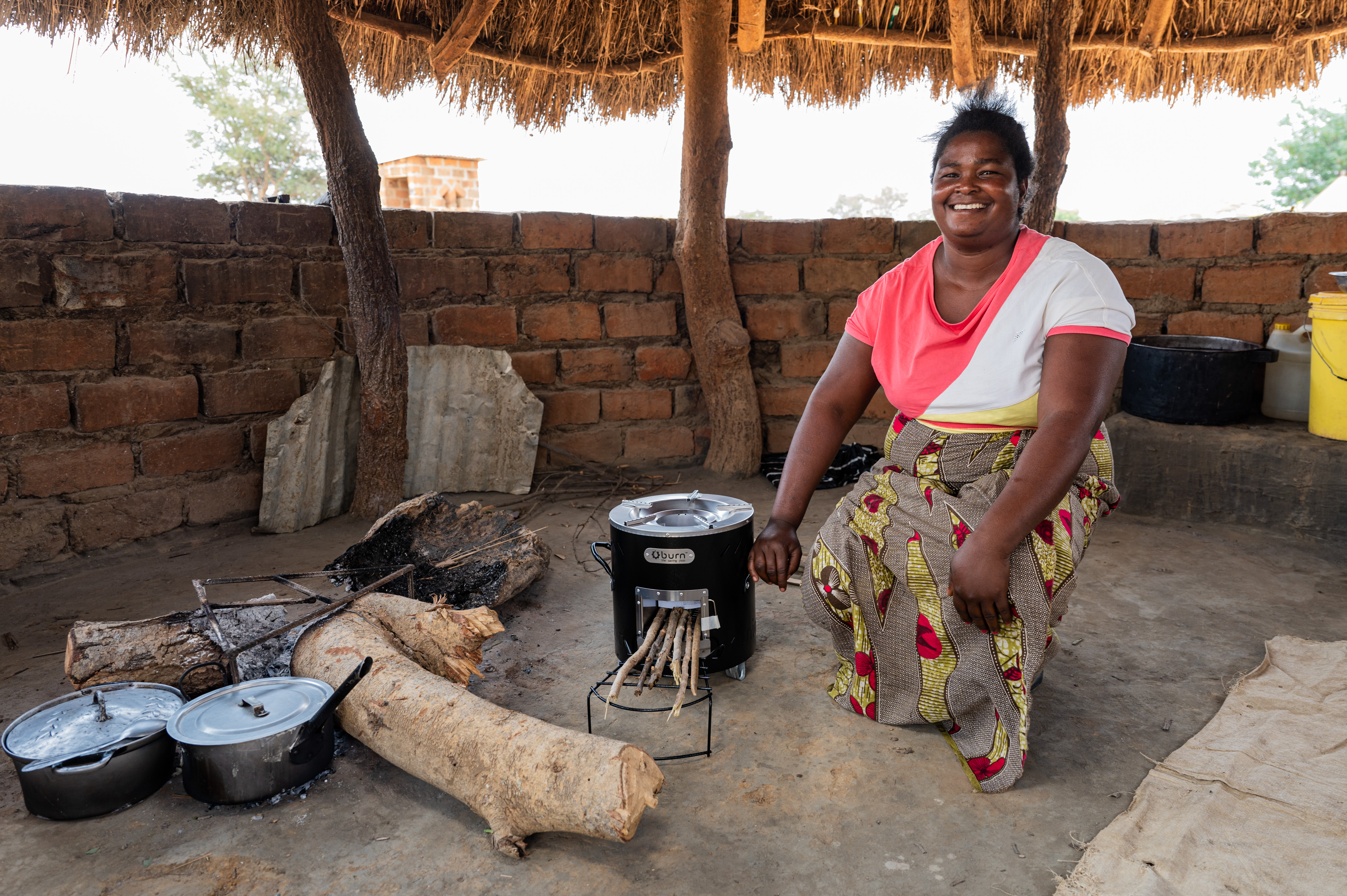Efficient cookstoves preserving cultural tradition
Highly efficient improved charcoal cookstoves (ICS), known as "Jikokoas", reduce wood consumption for households in cities and close to cities in Somalia. By burning less wood for cooking about 904,970 tonnes of CO2 emissions will be saved with the cookstoves manufactured in Kenya per year. The Jikokoa design takes the local cooking culture into account and ensures that improvement does not conflict with cultural tradition and thus fosters acceptance within the community.
Usually, families use inefficient traditional cookstoves, needing lots of charcoal and wood. In addition to high emissions, this also has negative environmental effects such as deforestation, land degradation, loss of soil fertility and water retention. Also, indoor air pollution often causes respiratory diseases. The cookstoves provided by the project lead to charcoal savings and improved air quality for the households.


According to a statistic from the World Health Organization (WHO, 2024) around a third of the global population still relies on unsafe and environmentally harmful cooking methods. This includes, for example, cooking over open fires or using polluting cooking fuels, such as coal or kerosene. Improved cookstoves tackle this problem by using thermal energy more efficiently.
Depending on the model, an improved cookstove can reduce fuel consumption by up to 70 percent, which significantly saves CO2 emissions and can lower the pressure on local forests as less firewood needs to be harvested.
Improved cookstove projects allow the distribution of the - often simple - devices made from metal or clay to households, small enterprises or community facilities. Especially for households, this has an impact beyond the CO2 reduction: better indoor air quality decreases respiratory diseases and families can save time and money as less fuel is needed. Improved cookstoves projects in the ClimatePartner portfolio are registered with international standards.
Explore our projects
Biochar for Climate Action, Healthy Soils, and Better Harvests

A certified climate project combined with additional commitment

Expansion of renewable energy generation in Asia

Ceramic water filters save CO2 and improve health

Improved cookstoves worldwide – for better health and cleaner air

A certified climate project combined with additional commitment

Powering access to renewable energy in Africa

A certified climate project combined with additional commitment

Restored ecosystems remove carbon

Turning degraded farmlands into healthy ecosystems

Improved cookstoves - better for health and the environment












